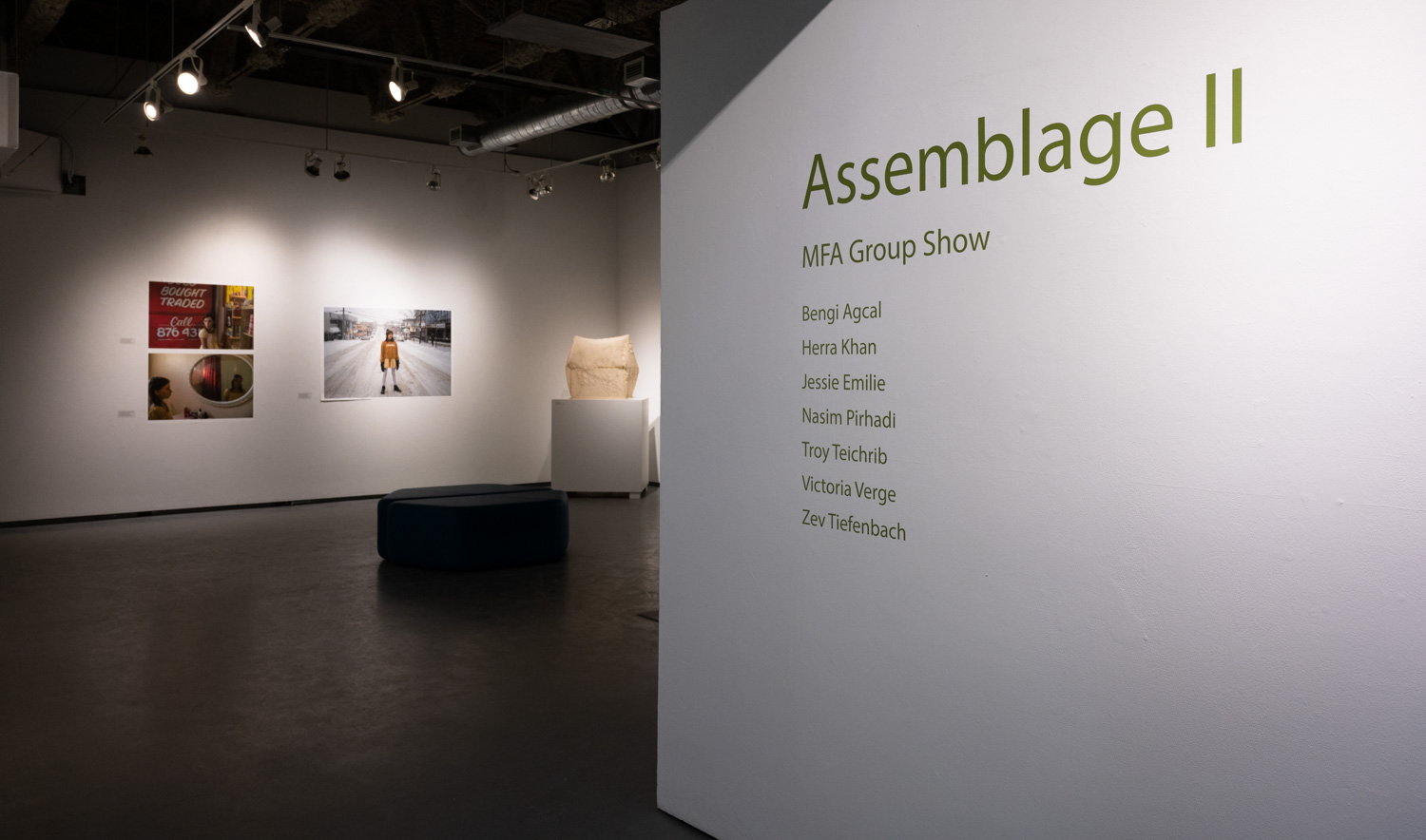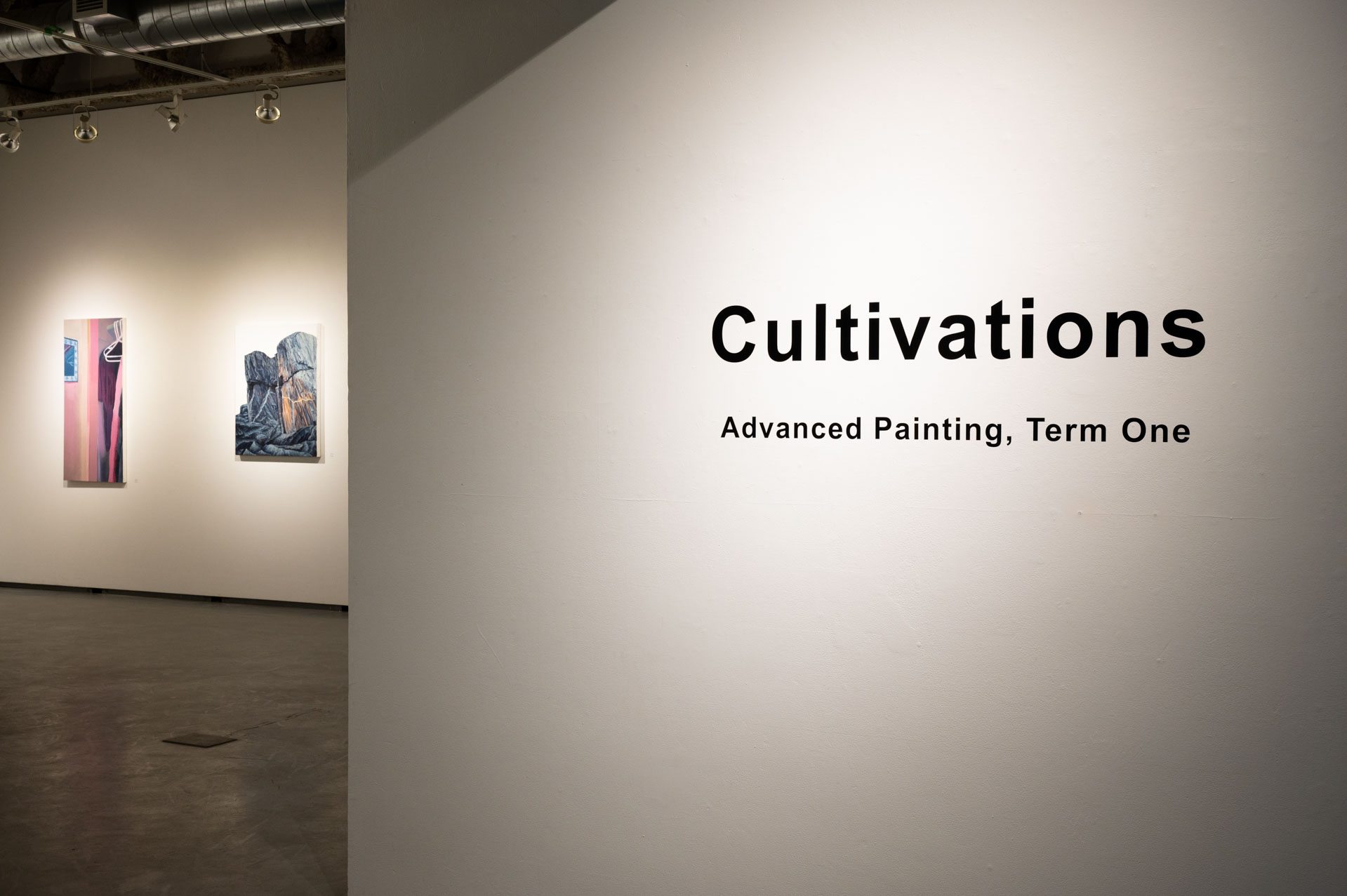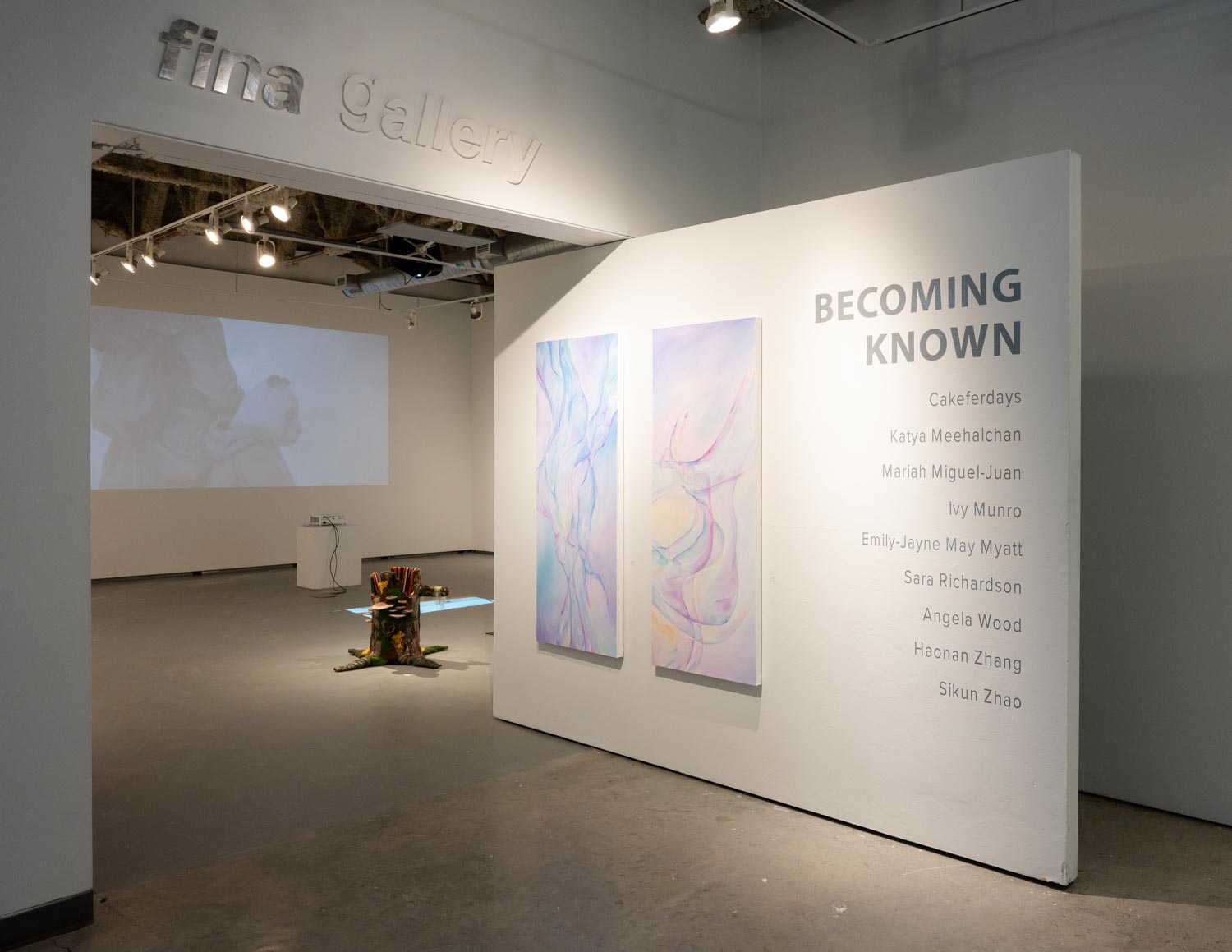ZOORKHANEH زورخانه – Nasim Pirhadi
UBCO MFA Exhibition held at the Lake Country Art Gallery. Zoorkhaneh The work I’m doing is actively confronting and exploring the social instability and how it relates to the ways Iranian women fight for their rights. One response of this confrontation is through my recreation of a zoorkhaneh within the gallery space. A zoorkhaneh is a traditional gym that only...

 Follow
Follow







